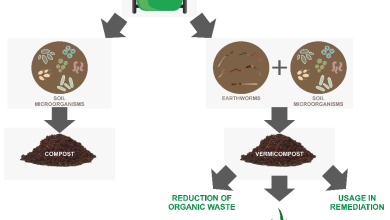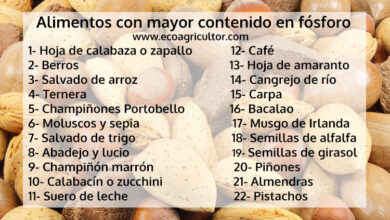What types of pond plants are there?
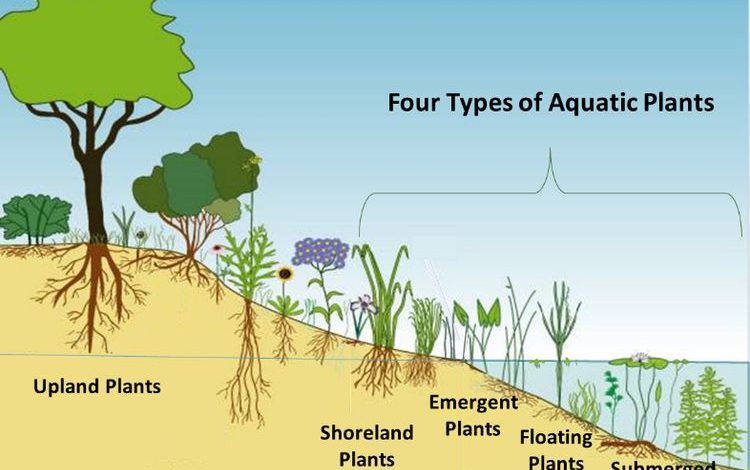
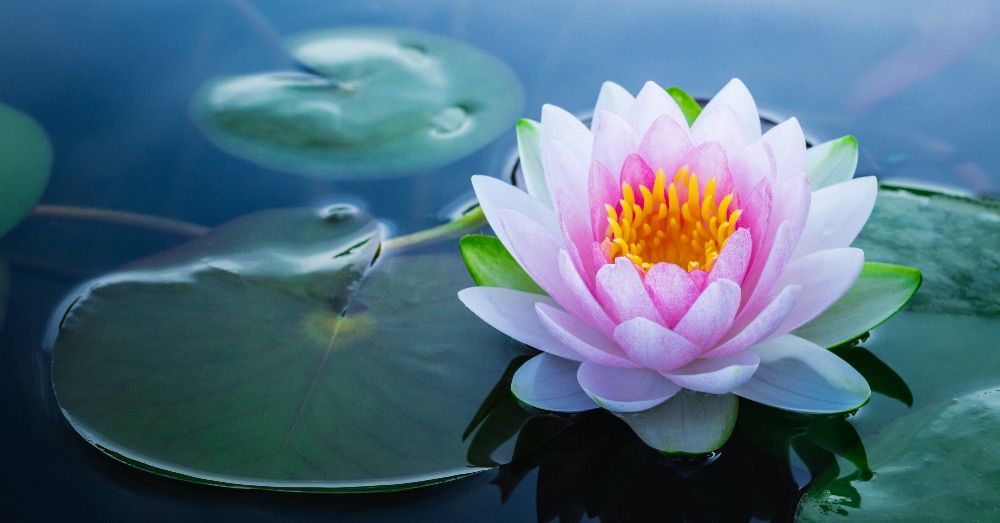
One of the main attractions of having an aquatic ecosystem in the garden is precisely its flora. An extremely unique one that, beyond its attractiveness, plays a decisive role. Therefore, knowing the types of plants for ponds does not only respond to an aesthetic question. It is also the best way to improve the well-being of the habitat we have created. One that desperately needs balance to live.
Pond plants are, for many people, the main reason for having these aquatic spaces in the garden. Something that, surprising as it may seem to us, has all the logic in the world. We are talking about plants that demand a very specific habitat to grow, develop and flourish. An environment that, in most types of pond plants, can only be found in one of them.
Whether you are a lover of the pond or if its plants call your attention, today we want you to discover them more thoroughly.
BENEFITS OF HAVING POND PLANTS
When we look at pond plants, we tend to do so for their spectacular nature. Some attract attention due to the incredible attractiveness of their flowering. Others, however, do it because of that almost hypnotic dance that involves seeing them suspended over the water. But these aesthetic connotations aside, it is vital to know why pond plants are crucial to the survival of our little reservoir.
When we consider how to keep the pond water clean, there is no doubt that we will have to count on them. Pond plants fulfill the task of maintaining the water balance. Its presence prevents the proliferation of algae that could destabilize the water parameters. And it is not something minor: an uncontrolled growth of algae can endanger the life of the fish that inhabit the pond.
In addition to this function, pond plants fulfill another equally important role. And it is that they act as protectors of the fish that inhabit it. Not only do they serve as a refuge for this fauna but, in the case of floating plants, they have another very important role. And it is that they act as a thermoregulator. Its presence allows to mitigate the heat from the outside. An important detail is to keep the water at the necessary temperature for our fish to live without being altered by inclement weather.
TYPES OF PLANTS FOR POND
Once its importance is understood, it is time to discover the types of plants for ponds. Some that are established, fundamentally, according to their location or their growth needs. And, although they are cataloged separately, the truth is that the ideal is for the different classes to coexist in the same ecosystem.
So and if we are considering how to make a pond for the garden, nothing like knowing the different options of plants for ponds that we have. A way to beautify our small ecosystem but also to make it full of life and health.
1. Riparian plants, the companions of the exterior
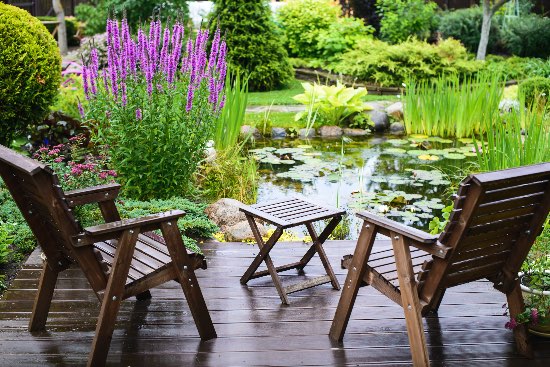
Also called marshy or marshy plants. They occupy, as their name suggests, the banks of the pond. Although they do not need to be submerged in water, it is common for many of them to grow slightly submerged in it. In general, they are plants with a high demand for irrigation.
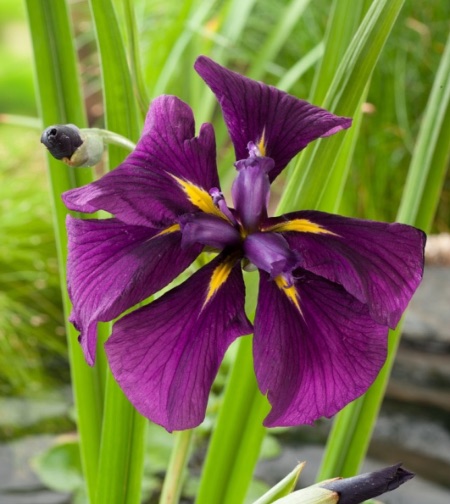
Like all pond plants, riparian plants have a dual function. On the one hand, they protect both fish and floating plants from the wind. On the other hand, they have an important aesthetic component since they mark the limits between the mainland and the pond. To achieve harmony, it is advisable to combine tall plants with others that allow upholstering the edges. Combining both types of plants, we will also be able to carry out a natural transition between the pond and the rest of the garden.
The most common riparian plants are the yellow lily, some types of iris, the calla or the juncus effusus.
2. Floating plants, the most visible pond plants
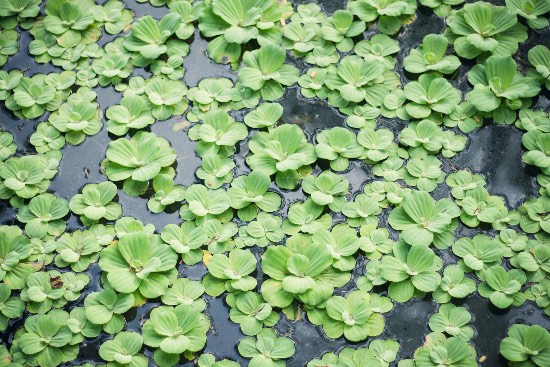
They are probably the ones that we pay most attention to with the naked eye when we look at a pond. Its main characteristic is that it grows by spreading its roots below the surface of the water. In addition to controlling the proliferation of algae, they also serve to protect fish or amphibians that live in the water.
One of its virtues is that we will not have to investigate how to plant pond plants. Floating plants only need to be placed on top of the water, but be very careful with this. Some plants, such as water lettuce or water hyacinth, are fast and generous growers. A detail that can be dangerous for the rest of the inhabitants, flora and fauna, of the pond.
3. Deep-sea plants, the most striking
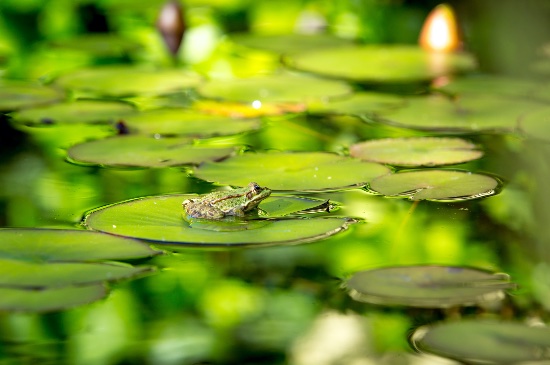
They are what, when saying plants for ponds, comes to mind. We are talking about water lilies and lotuses among other aquatic wonders. A collection of extremely beautiful floating plants that need depths between 50 centimeters and one meter to be able to grow properly.
Its functions are the same as those of the floating plants that we saw before. But, despite appearances, there is something that distinguishes them. Plants for deep water ponds do need to be planted in pond baskets.
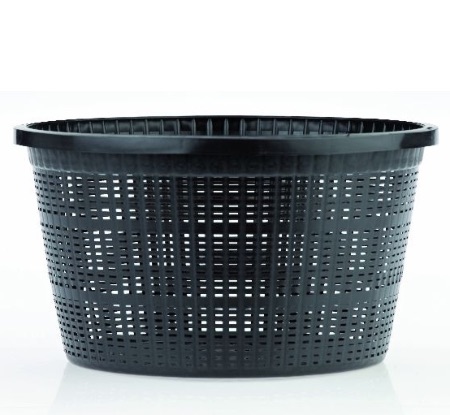
The reason is simple: these types of pond plants do require to be rooted in the ground. Therefore, the ideal is to provide them with a specific substrate so that they can root correctly. But there is another detail, and that is that deep-water plants need to gain that depth gradually. Or, put another way, they need us to sink them deeper as they grow and acclimatize.
4. Oxygenating plants, the most discreet pond plants
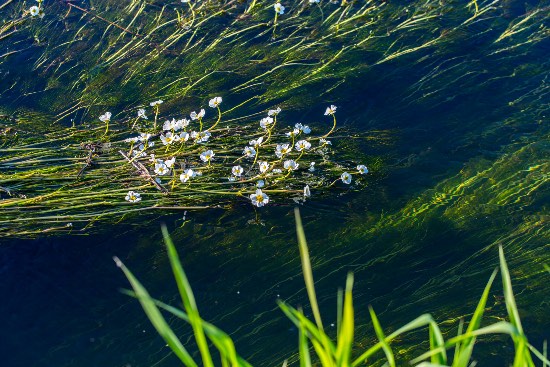
They are not the ones we pay most attention to, and yet they have an absolutely crucial mission. Plants for oxygenating ponds are responsible, as their name indicates, for providing oxygen to the water. A fundamental element so that the inhabitants of the pond can live and enjoy good health. Thanks to this task, they also allow the pH of the water to be balanced.
Although in an aquarium they are highly visible, in the pond they can go practically unnoticed. With a few exceptions, such as the aquatic buttercup, they lack an inflorescence. But it is curious to know that they are as discreet as they are resistant. The vast majority of them are adapted to withstand temperatures between 30 and 0 degrees without much problem. Let’s not trust this: even if they are resistant, it is worth knowing what the pond maintenance tasks are in winter. Some that happen, on many occasions, to save our plants for ponds from the cold.
And now that you know the different types of pond plants, there is no doubt that you will appreciate their presence even more.
One that, in addition to beautifying, is synonymous with life.

![Photo of Callas Care: [Earth, Strengthening, Humidity and Pruning]](https://www.complete-gardening.com/wp-content/uploads/2022/08/callas-care-earth-strengthening-humidity-and-pruning-390x220.jpg)
![Photo of Caring for Indoor Plants: [Pruning, Light, Substrate and Humidity]](https://www.complete-gardening.com/wp-content/uploads/2022/08/caring-for-indoor-plants-pruning-light-substrate-and-humidity-390x220.jpg)
